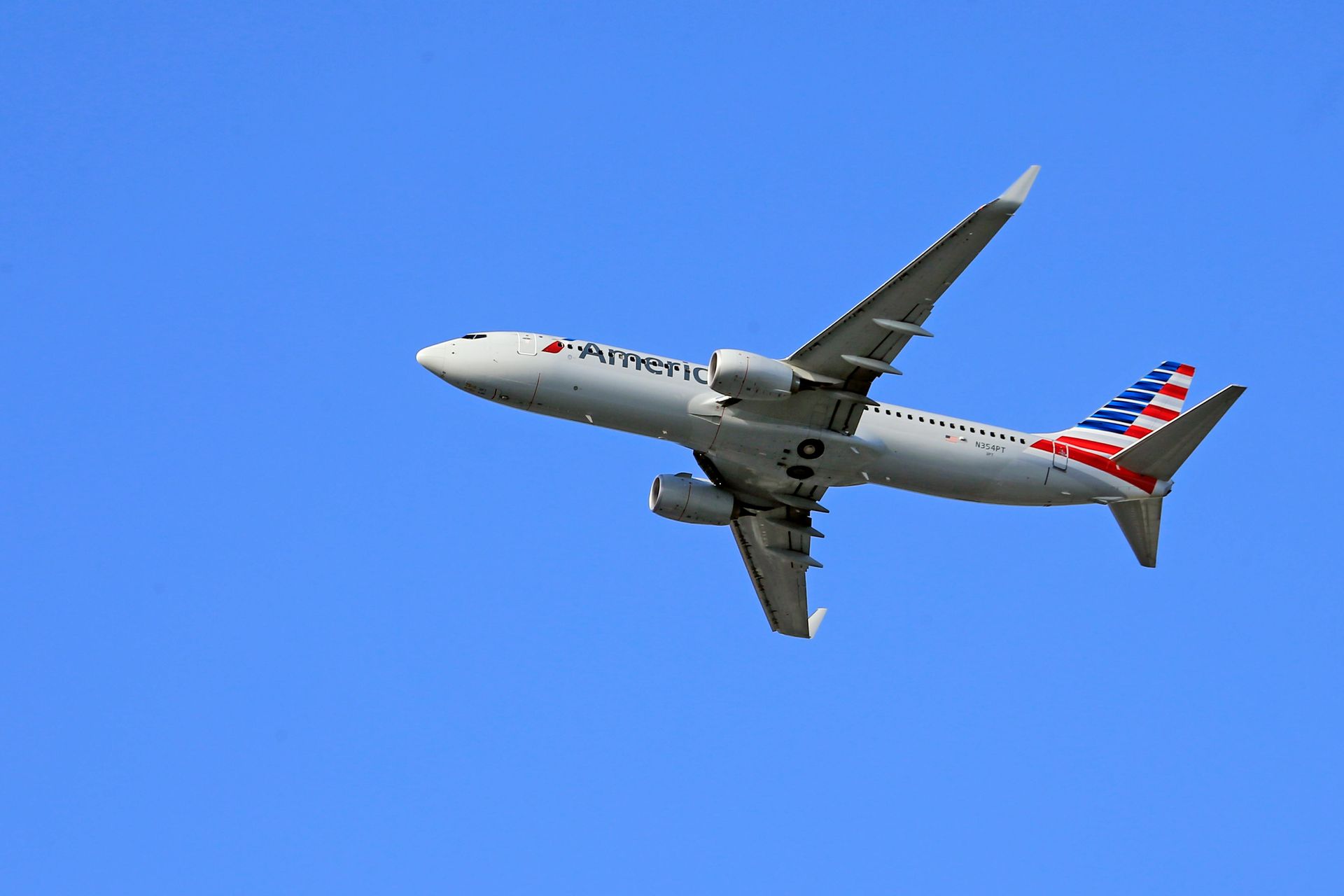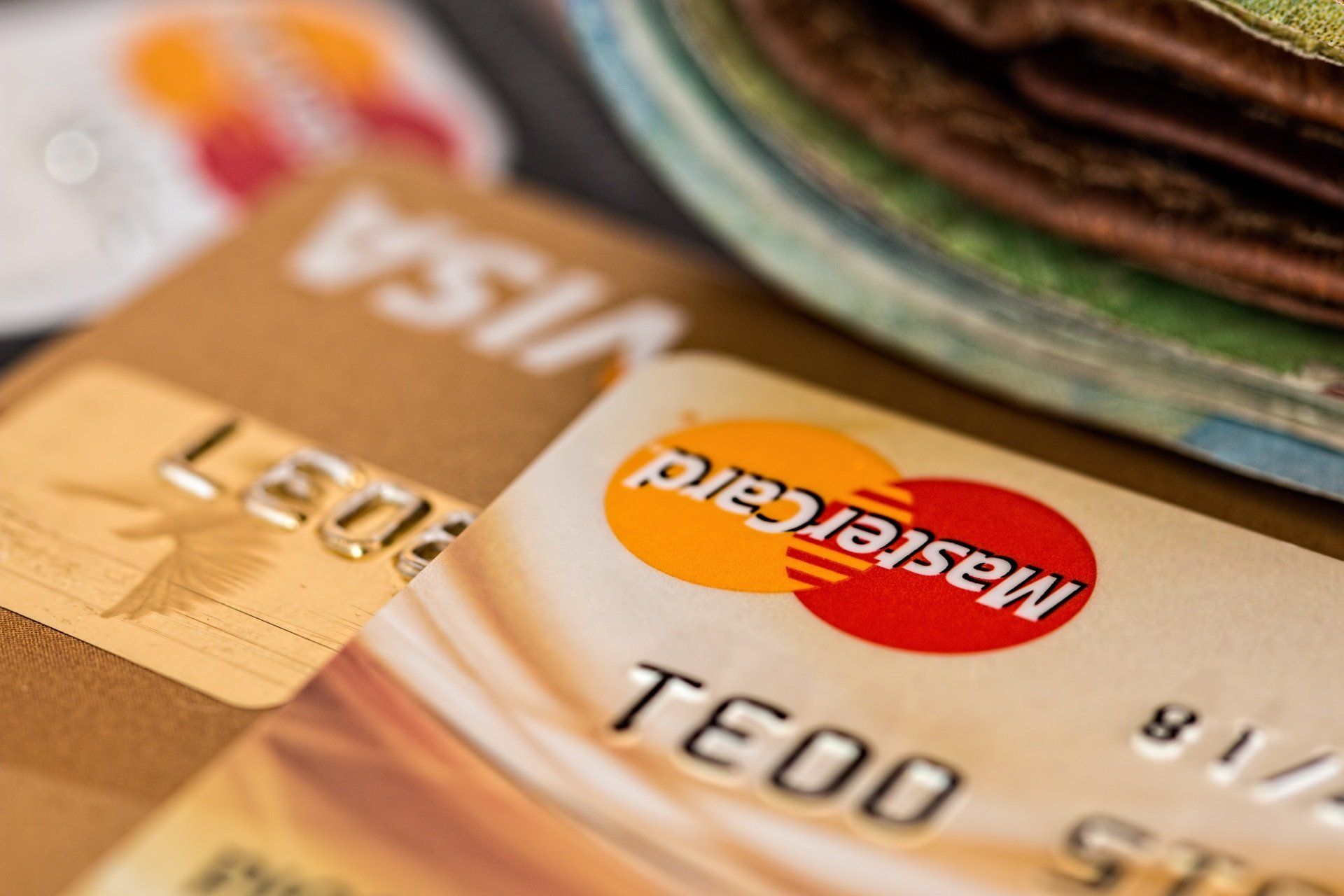Marriott Bonvoy Credit Cards: Five Cards from Two Issuers
If you like Marriott Bonvoy, one of these should work for you.
Today, we resume our series on credit card families. Previous posts have looked at the following card families: Chase Freedom/Sapphire, Delta, United, American Airlines, and American Express. Now, for the first time, we examine a family of co-branded hotel credit cards.
This post will discuss five Marriott Bonvoy personal credit cards. Interestingly, three are offered by Chase and two are offered by American Express.
- Chase Marriott Bonvoy Bold
- Chase Marriott Bonvoy Boundless
- Chase Marriott Bonvoy Bountiful
- American Express Marriott Bonvoy Bevy
- American Express Marriott Bonvoy Brilliant
The three Chase cards are the less expensive options while the cards issued by American Express could be considered intermediate or luxury. Among the five, a traveler interested in staying in Marriott Bonvoy properties should find a good option.
Chase Marriott Bonvoy Bold
This is a card with no annual fee and the current welcome bonus is 30,000 Marriott Bonvoy points after spending $1,000 in the first three months. These points tend to be worth about 6/10ths of a cent, so the welcome bonus is worth about $175.
This card will generate 14 points per dollar spent at Marriott Bonvoy properties (3X from the card, 10X for being in the Marriott Bonvoy loyalty program, and 1X for Silver Elite status). Aside from this spending bonus, this card will not generate much travel value. There is a 2X spending bonus for travel through July 10th, but otherwise, you receive one point per dollar.
The card gives you 15 Elite Night credits annually which, along with other activity, can help you achieve higher status in the loyalty program.
Chase Marriott Bonvoy Boundless
This card has an annual fee ($95) and requires $5,000 in spending within three months to earn the welcome bonus. The current bonus for this card, rather than a pile of Marriott Bonvoy points, is five free nights. These free nights are capped at rooms going for 50,000 points per night, so the maximum from this bonus would be 250,000 points for a value of up to $1500.
The spending bonus structure allows for the accumulation of points as follows:
- 17X for Marriott Bonvoy stays (6X from the card, 10X for being in the loyalty program, and 1X for Silver Elite status)
- 3X on the first $6000 spent on groceries/gas/dining each year; 2X after the first $6000
- 2X on other purchases
This Marriott Bonvoy card confers Silver Elite status and annual credits that can speed advancement to Gold Elite status.
Upon renewing, cardholders are awarded one free night capped at a room going for 35,000 points a night (a $200+ value).
Chase Marriott Bonvoy Bountiful
This mid-tier card has an annual fee of $250 and currently offers an 85,000-point welcome bonus after spending $4,000 within three months of approval. This bonus is worth around $500.
Spending bonuses allow for a faster accumulation of points than the free and entry level Chase products.
- 18.5X for Marriott Bonvoy stays (6X with card, 10X from the loyalty program, and 2.5X for Gold Elite Status)
- 4X on the first $15,000 spent at supermarkets and restaurants each year; 2X after the first $15,000
- 2X on other purchases
These cardholders automatically have Gold Status and receive credits that can speed advancement to Platinum Status. Gold Status includes a few benefits:
- Late checkout when available
- Upgrades when available (no suites)
- 1,000 bonus points per paid stay
Cardholders are awarded a free night (capped at 50,000 points) for spending $15,000 on the card during the year.
American Express Marriott Bonvoy Bevy
This mid-level card has an annual fee of $250 like the Chase Bountiful product. It is currently offering a 155,000-point welcome bonus after spending $5,000 within six months of approval. This bonus is worth around $925.
Its spending bonuses allow for a faster accumulation of points than the less expensive Chase products.
- 18.5X for Marriott Bonvoy stays (6X with card, 10X from the loyalty program, and 2.5X for Gold Elite Status)
- 4X on the first $15,000 spent at supermarkets and restaurants each year; 2X after the first $15,000
- 2X on other purchases
These cardholders automatically have Gold Status and receive credits that can speed advancement to Platinum Status. Gold Status includes a few benefits:
- Late checkout when available
- Upgrades when available (no suites)
- 1,000 bonus points per paid stay
Cardholders are awarded a free night (capped at 50,000 points) for spending $15,000 on the card during the year.
American Express Marriott Bonvoy Brilliant
The luxury member of the Marriott Bonvoy family has an annual fee of $650 and currently offers a 185,000-point welcome bonus after spending $6,000 within six months of approval. This bonus is worth around $1,100.
Spending bonuses for the Brilliant are as follows:
- 21X for Marriott Bonvoy stays (6X with card, 10X from the loyalty program, and 5X for Platinum Elite Status)
- 3X on restaurants and flights
- 2X on other purchases
Those with the Brilliant card get automatic Platinum Elite status and also receive annual credits that can get them closer to the next Marriott Bonvoy status level. Platinum Elite status benefits include:
- Guaranteed 4 pm late checkout
- Upgrades when available, including suites
- Bonus points per paid stay or breakfast
This card also offers a free night on each renewal anniversary but, unlike the “free night” offered with the Bountiful or Bevy cards, this free night does not require any minimum spend on the card. The free night can be for a room up to 85,000 points (a value of up to $500).
There are other benefits that make the Brilliant a broader travel card.
- Up to $300 in dining credits ($25 per month)
- Priority Pass membership for access to 1,200+ airport lounges
- Global Entry or TSA PreCheck fee
My Conclusions
The no fee Chase Marriott Bonvoy card is branded as “Bold” but that may be a misnomer. The modest bonus will net the cardholder a free night at one of the hotel chain’s less expensive properties. However, on an ongoing basis, this card would only provide value for someone who stays at Marriott Bonvoy properties frequently as those are the only purchases with good spending bonuses. And, if you are going to spend a lot of time at Marriott Bonvoys, there could be value in choosing a card that offers more for frequent guests.
The Chase Marriott Bonvoy Boundless presents an interesting opportunity. Its annual fee is $95 but, of the five cards discussed here, it might have the most valuable welcome bonus. The catch is that the bonus comes in the form of free rooms as opposed to points. Points are flexible and can be used as long as you have a loyalty account in good standing. However, the free rooms come with expiration dates, so you need to book and complete stays within one year of receiving this bonus. While I was able to learn that the five free nights can expire, I could not determine with certainty if it is possible to apply the 50,000 per night cap to a room and use additional miles or cash to pay the difference. If Marriott allows this (as IHG and some others do) it would be easier to get full value out of the welcome bonus.
Except for Marriott Bonvoy purchases, the Boundless is not a good card for points accumulation. Although there are 2X and 3X categories, bear in mind that Marriott Bonvoy points are worth less than one cent each and, once you have them, it is difficult to use them for anything other than stays at Marriott Bonvoy properties.
Although I cannot see using this card for routine spending, it can pay for itself as one key benefit is a free room (with a value of up to $200) each year upon renewal.
The Chase Marriott Bonvoy Bountiful and American Express Marriott Bonvoy Bevy are very similar cards. Both have $250 annual fees. The key difference is that the current bonus for the Bevy is significantly higher than the one for the Bountiful (155,000 points vs. 85,000). This math is pretty easy and thus the discussion of the Chase Bountiful ends here.
The Marriott Bonvoy Bevy offers a solid bonus. Like the less expensive cards, there is good reason to use it for Marriott Bonvoy purchases. The spending bonuses for supermarkets and restaurants are okay for people who really like Marriott Bonvoy, but those expenditures might be better made on other cards.
Although this card is more expensive than the Boundless offered by Chase, there is no free room upon renewal. Cardholders spending at least $15,000 per year can get a certificate for a “free” room but, unless someone is spending thousands of dollars at the chain’s hotels, spending on this card to get the free room is not very efficient.
The Marriott Bonvoy Brilliant card offered by American Express really intrigues me. Earlier this week, I posted on the topic of “couponing,” and I think some American Express products, such as the Platinum Card, are key offenders. With an annual fee of $650, I was prepared to be leery about this card.
Upon examination, I think this card could be quite useful and worth the high annual fee for many. First, there is a solid welcome bonus worth at least $1,100 which about covers two years of the annual fee. The card confers Platinum Elite status which includes guaranteed late checkout and possible upgrades to suites.
Like the less expensive cards, I do not see any compelling reason to use it for many purchases outside of Marriott Bonvoy stays on an ongoing basis. However, year after year, if the benefit structure does not change, this card could pay for itself.
- It offers a $300 annual credit for dining. Even though this is broken up into $25 per month credits – a form of “couponing” that I often deride – many people go to a restaurant at least once a month. The key is that you must remember to use the card for occasional restaurant outings to take full advantage of this.
- Cardholders are awarded a free room each year (capped at 85,000 points) with a value of up to $500. This is not dependent upon any level of spending.
- Priority Pass membership for access to airport lounges when flying.
Travelers, especially those who like Marriott Bonvoy, could certainly come out ahead.
_________________________
The Marriott Bonvoy credit cards might or might not fit into a productive travel rewards plan for you. But if staying at this chain’s hotels and properties are a potential part of your travel mix, one of the cards discussed in this post might be appropriate. When we design a custom Travel Rewards Optimizer plan for you, we take your travel goals, travel habits, spending patterns, and preferences into account. We want to ensure that the cards we recommend for you can quickly generate free travel and provide relevant benefits while keeping your annual card fees under control.
If you have not already, please check out the previous Travel Rewards Optimizer posts on credit card families.
We are ready to help you turn your routine credit card spending into the travel of your dreams.

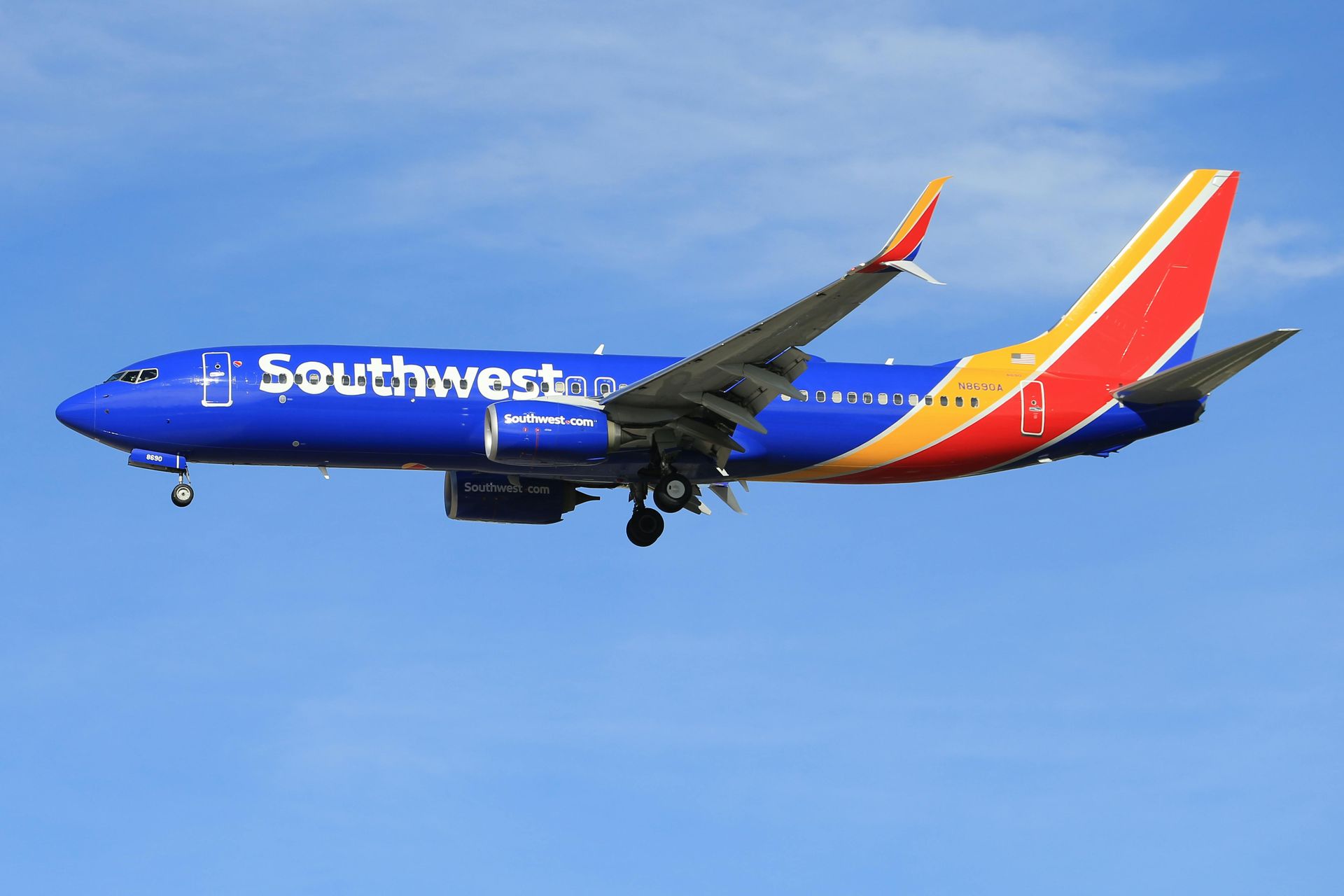

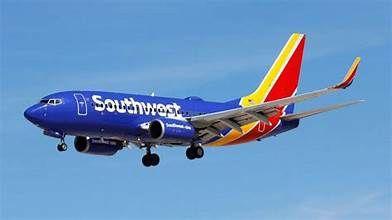
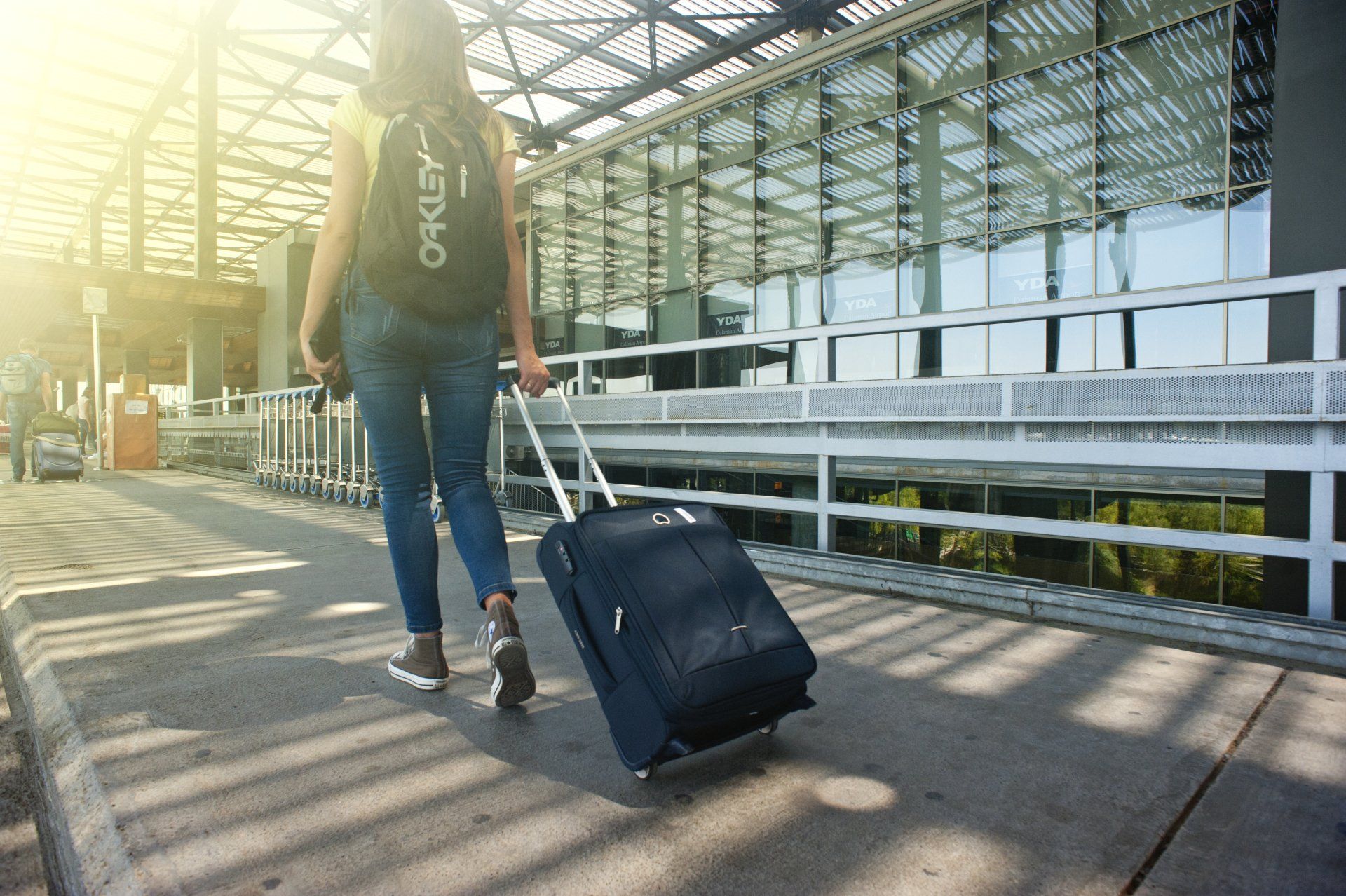

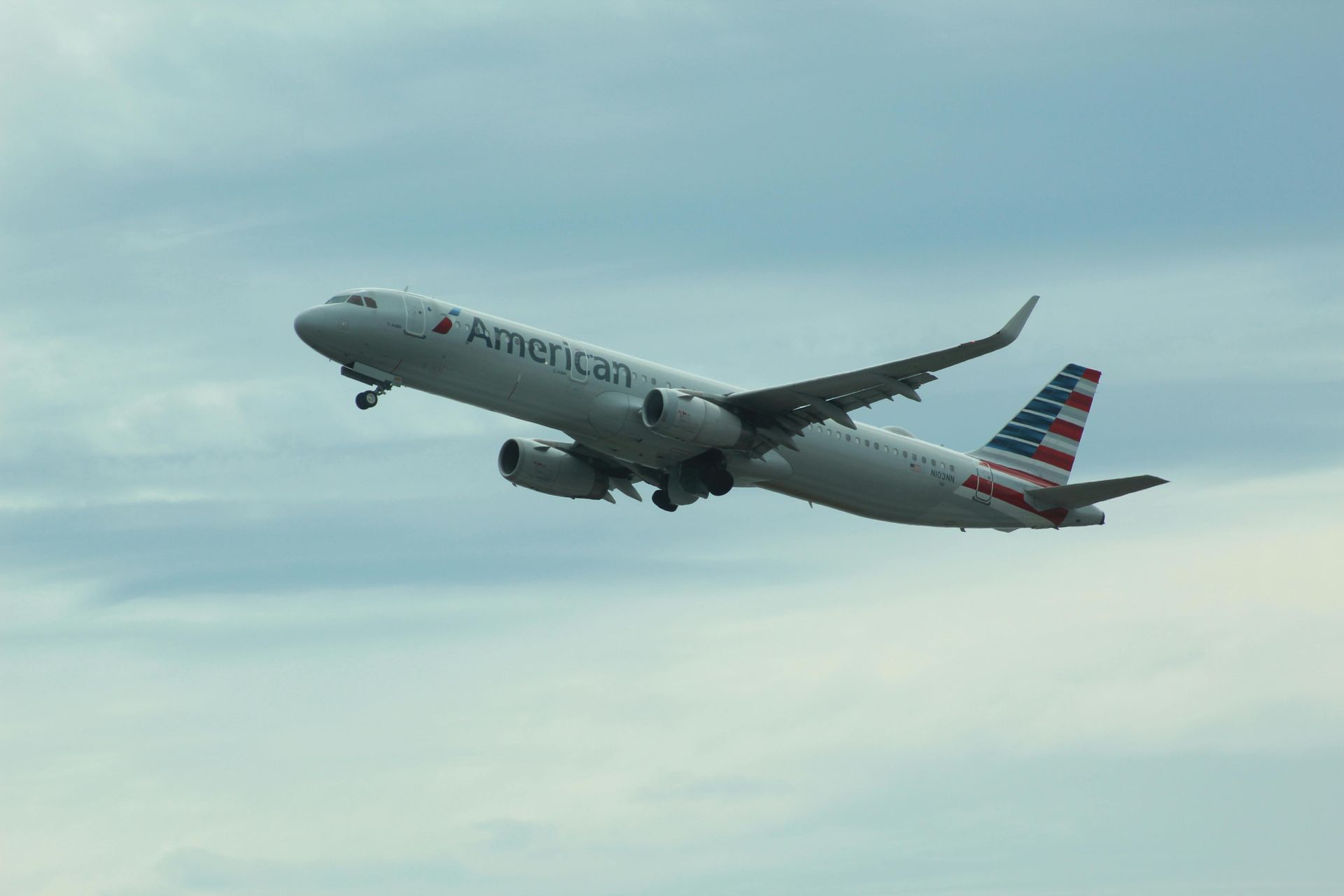
OVERVIEW
CONTACT
E-mail: frank@travelrewardsoptimizer.com
DISCLAIMER: I am not an investment advisor, financial planner, tax professional or legal professional. The projections provided in my plans are based on good faith estimates and client supplied information. I can not guarantee that credit card issuers will approve the applications of my clients. Credit card offers, loyalty program policies, and bank policies are subject to change over time.

